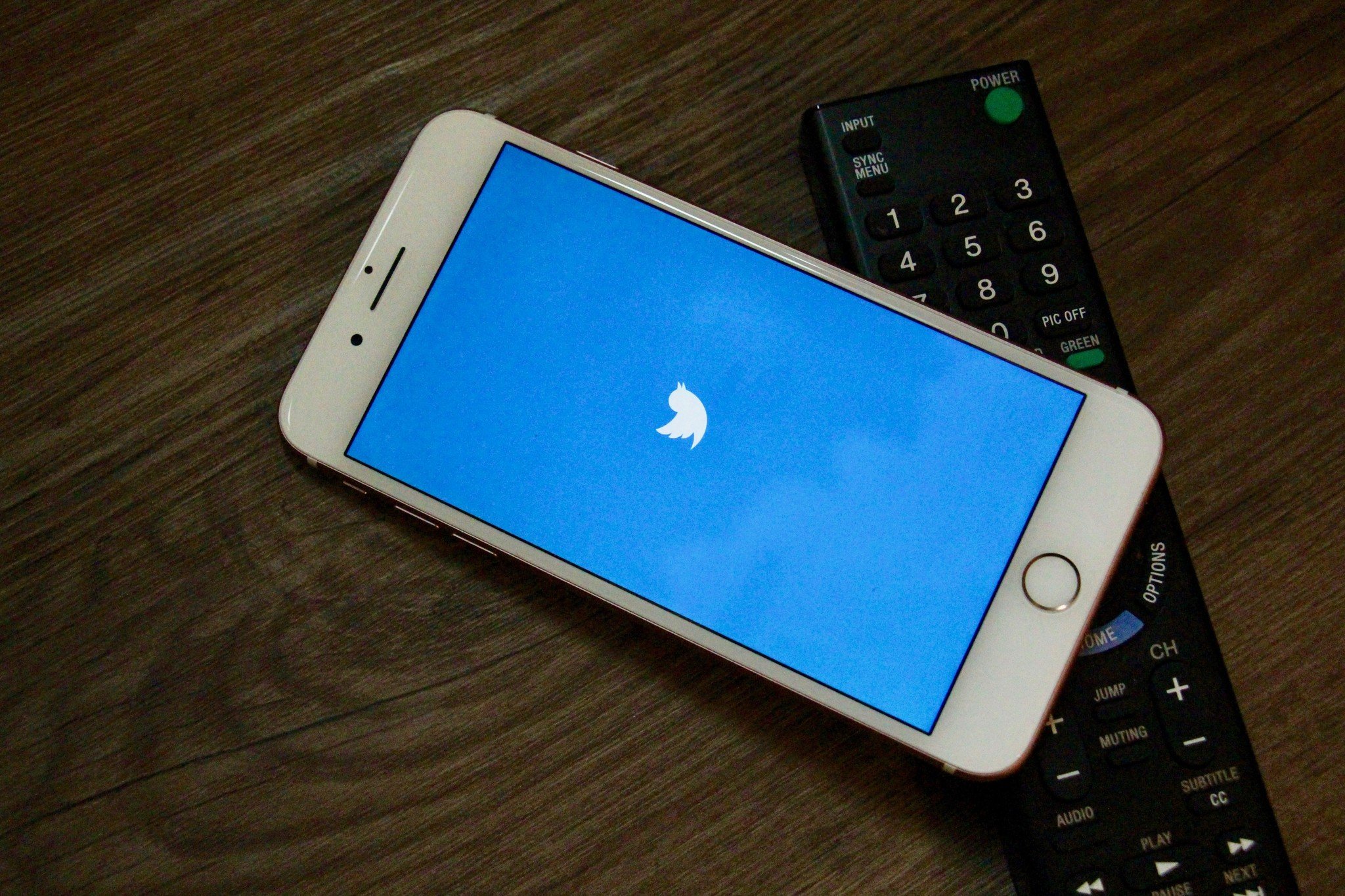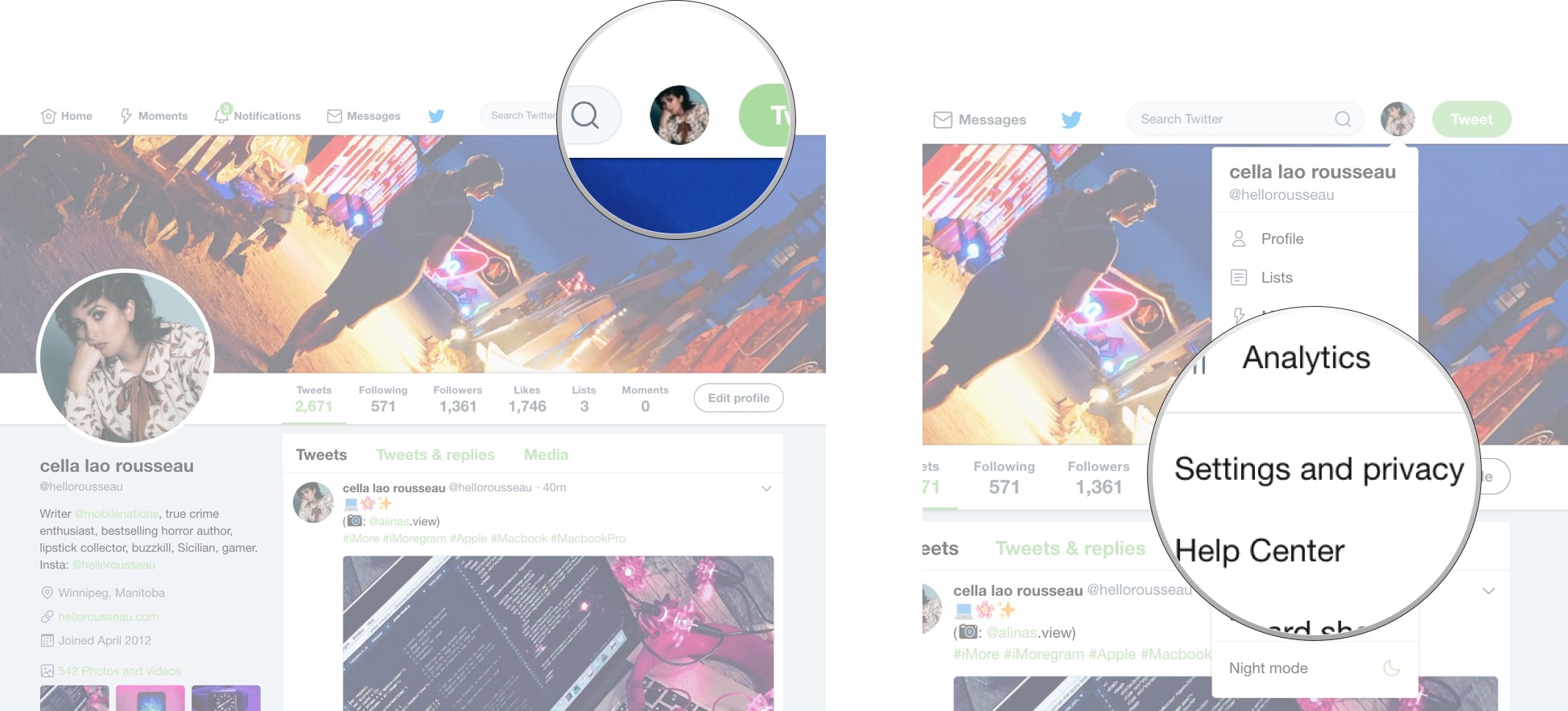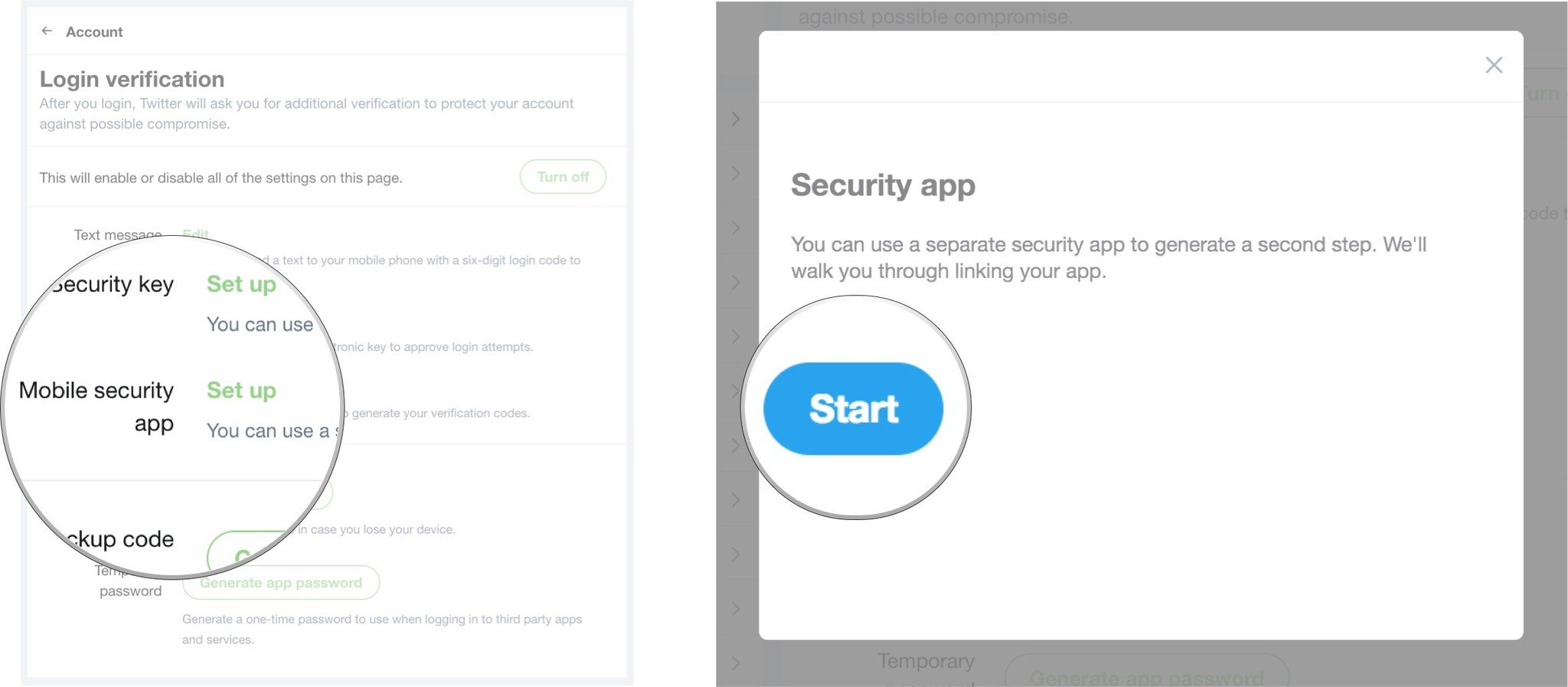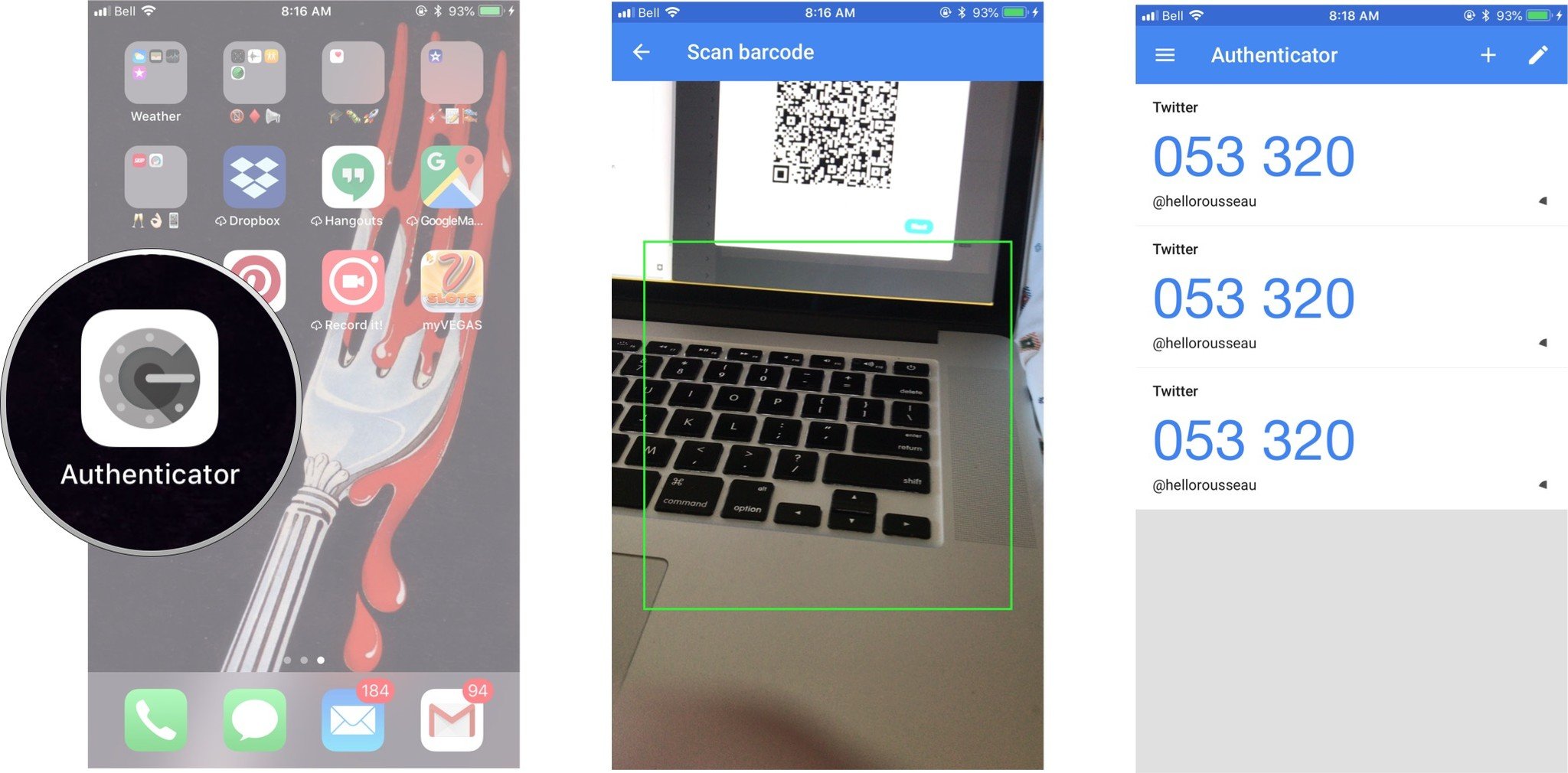How to generate an app-specific password for Twitter on Mac

Sure, having your phone number attached to your Twitter account for two-factor authentication is great, but if you really wanted to make sure your account was secure, you'd take a peek into generating an app-specific password.
Before you assume this is too complicated to do on your own, just know that Twitter makes it super simple to set up. All you'll need is your computer, your cellphone, and a third-party authenticator app.
Some examples include
- Duo Mobile
- Google Authenticator
- Authy
In case you're wondering why you'd even want to do this, it's a bit more secure than SMS, since SMS-based two factor is subject to hacks where attackers take over your mobile account, for example through requesting a new SIM for your account from a human service agent. Authentication apps are harder to swipe and can follow you even if you change numbers or lose access to your phone. (Tech Crunch)
How to set up a separate third-party authenticator to generate an app-specific password
- From your Mac, click your profile icon.
- Click Settings and privacy.

- Click the Review your login verification methods button under the Security section.
- Enter your password and then click confirm.

- Click Set up next to Mobile Security app.
- Click Start after reading the instructions. You may be asked to verify your password at this point. If not, a QR code will pop up on screen.

- Launch your third-party authenticator app from your phone.
- Scan the QR code. You will then see a 6-digit numeric security code appear on your phone screen.
- Enter this code from your phone in the Security code text field in the pop-up window on your Mac and click Verify when you're done.

You can now use a separate app to generate your verification codes for your Twitter account.

Click here for more information on how to protect your Twitter account.
What do you think about app-specific passwords?
Are you someone who lives with the mindset that more security is better? Or would you rather just stick to your simple "Password123" and get it over with (kidding. Your password should never be Password123).
Let us know what you think in the comments down below!
Master your iPhone in minutes
iMore offers spot-on advice and guidance from our team of experts, with decades of Apple device experience to lean on. Learn more with iMore!

○ How to use two-factor authentication
○ How to protect your data from being hacked
○ How to quickly temporarily disable Face ID
○ Best practices for staying safe on social media
○ Best VPN services
○ How to lock down your data on iPhone and iPad
○ Best ways to increase iPhone and iPad security
○ How to back up your iPhone, iPad, and Mac
○ Differential privacy — Everything you need to know!
Cella writes for iMore on social and photography. She's a true crime enthusiast, bestselling horror author, lipstick collector, buzzkill, and Sicilian. Follow her on Twitter and Instagram: @hellorousseau

